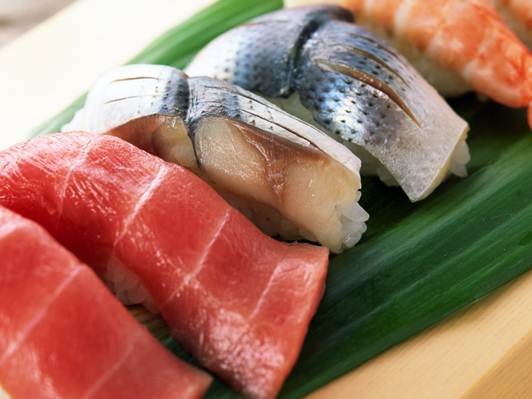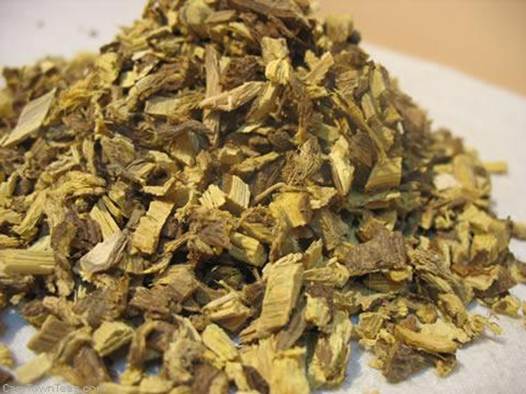Eating fish instead of meat could reduce the risk of
diabetes.

Eating
fish instead of meat could reduce the risk of diabetes.
Researchers in Spain report that the
consumption of foods from the healthy Mediterranean diet – olive oil, fresh
vegetables, and fish, for example – has declined in recent years as consumers
reach for more red meat and heavily processed baked goods. Alongside other
factors, the trend has led to an increase in both obesity and chronic diseases.
The aim of their study was to understand dietary patterns and how meat and fish
could be lined directly to cardiovascular risk factors. Conducted on 945 people
between 55 and 80 years of age in Spain’s autonomous Valencian Community, the
study showed that when fish was included in the diet, participants had lower
glucose concentrations in their body and a smaller risk of developing diabetes.
The researchers explained that increased levels of omega-3 fatty acids in the
cells of the skeletal muscles improved insulin sensitivity. Eating red meat, on
the other hand, was linked to higher cardiovascular risk, higher blood
pressure, diabetes, and a moderate decrease in life expectancy, mainly due to
cancer or heart disease. The researchers stressed that dietary education and
intervention programs could help promote the multiple benefits of their
traditional Mediterranean diet and that the consumption of red meat should be
reduced and offet by eating at least the same amount of fish.
Dried licorice root keeps gums and teeth healthy

Dried
licorice root keeps gums and teeth healthy
Dried licorice root has been used in
traditional Chinese medicine as a remedy to treat various ailments, such as
respiratory and digestive problems. Scientists report now that licorice root
also can kill major bacteria that are responsible for tooth decay and gum
disease. According to their study, published in the American Chemical Society’s
Journal of Natural Products, Stefan Gafner and colleagues identified two
compounds in licorice – licoricidin and licorisoflavan A – that were effective
antibacterial substances. These substances killed two of the major bacteria
that promote gum disease. Licoricidin also keeled a third gum disease
bacterium. Although these licorice substances could treat or even prevent oral
infections, the researchers caution consumers about commercially available
licorice candy rarely contains natural licorice root; instead, it contains
anise oil, which has a similar flavor but does not offer the same benefits.
Before taking licorice root, consumers should check with their doctor, because
the herb can have interactions with certain prescription drugs.
Seaweed joins the ranks of heart healthy foods.

Seaweed
joins the ranks of heart healthy foods.
If your experience with seaweed has been
limited to sushi rolls, you might want to consider expanding your culinary
repertoire. Scientists have identified seaweed as a rich new potential source
of heart-healthy foods, explaining that seaweed and other macroalgae could
rival dairy products as sources of so-called “bioactive peptides.” In an
article published in the Journal of Africultural and Food Chemistry, Maria
Hayes, Ciarán Fitzgerald, Eimear Gallagher, and Deniz Tasdemir noted increased
interest in using bioactive peptides, now obtained mainly from milk products,
as ingredients in so-called functional foods that provide not only nutrition
but have medicinal effects. Their review of nearly 100 scientific studies
concluded that some seaweed proteins work just like the bioactive peptides in
milk products to reduce blood pressure, almost like the popular ACE inhibitor
drugs. Seaweeds, the researchers remarked, are a rich but neglected alternative
source of these beneficial nutrients, noting further that people in Asian and
other cultures have eaten seaweed for centuries and reaped their benefits.